The 16-member agency, formed last year with leading experts from scientific fields ranging from physics to astrobiology, held a four-hour session livestreamed on NASA's website to communicate its preliminary findings ahead of a report expected later this summer.
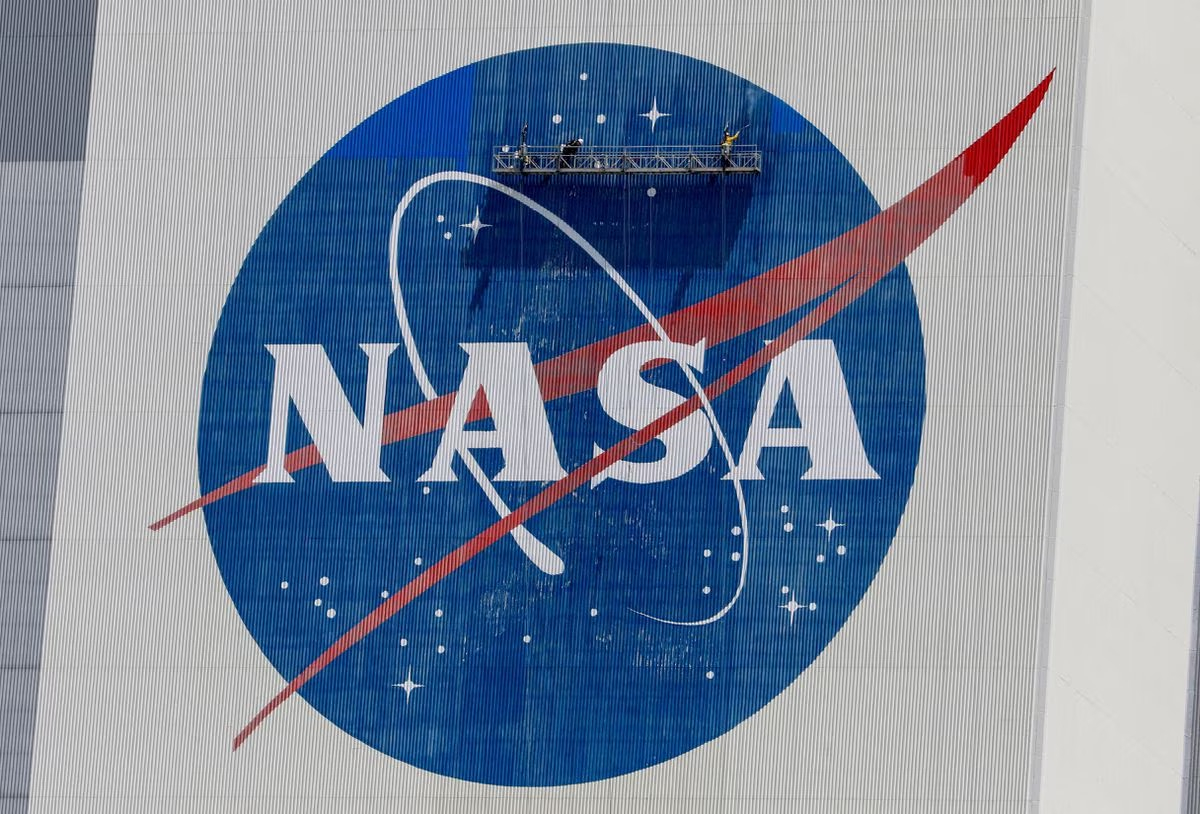
NASA logo. Photo: REUTERS
The panel's chair, astrophysicist David Spergel, said his team's role was "not to resolve the nature of these events," but to provide NASA with a "roadmap" to guide future analysis.
NASA officials said some panelists have been subjected to “online abuse” and harassment since starting their work last June.
“It was really disappointing to hear about the harassment our panelists faced online for researching this topic,” NASA chief scientist Nicola Fox said in her opening remarks. “Harassment only leads to further stigmatization.”
The biggest challenge, however, that council members cited was the lack of scientifically reliable methods for documenting UFOs, typically sightings that appear as objects moving in ways that fall outside the bounds of known technologies and natural laws.
The fundamental problem, they say, is that the phenomena in question are often detected and recorded using cameras, sensors and other devices that are not designed or calibrated to accurately observe and measure those particular objects.
“If I were to summarize in one sentence what I feel we have learned, it is that we need high-quality data. Existing data and eyewitness reports alone are not enough to provide conclusive evidence about the nature and origin of every UAP event,” Spergel said.
While the Pentagon has in recent years encouraged military pilots to record UAP events, many commercial pilots remain “very reluctant to report” them due to the lingering stigma surrounding such sightings, Spergel said.
Unlike the Pentagon, NASA's board only examines unclassified reports from civilian observers, an approach that Spergel said allows for open information sharing among scientific, commercial and international organizations, as well as the public.
The term UFO, long used loosely with the concepts of flying saucers and aliens, has been replaced in official government parlance by the abbreviation UAP.
Recent US legislation has revised the acronym UAP, previously limited to "aerial" phenomena, to stand for "unidentified anomalous phenomena," expanding the scope of NASA's research group to include puzzling events in space or at sea.
Furthermore, both NASA and defense intelligence officials have stressed that while they do not rule out the possibility of intelligent extraterrestrial life, they have found no evidence to suggest an extraterrestrial origin for UFO sightings.
Mai Anh (according to Reuters)
Source










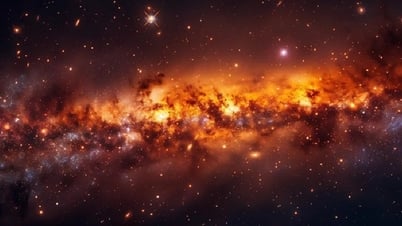

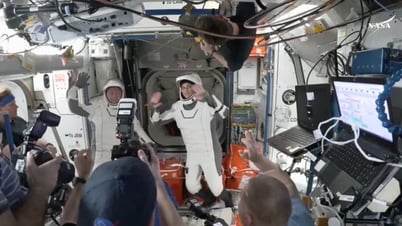


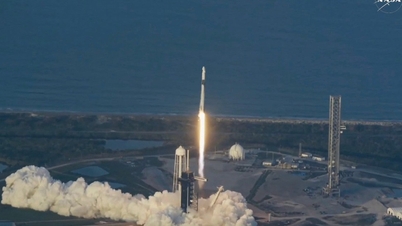
















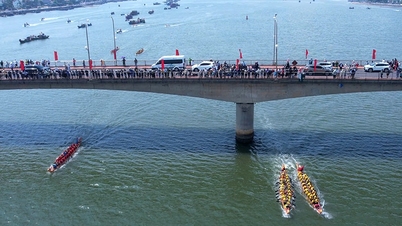



























![[Maritime News] Wan Hai Lines invests $150 million to buy 48,000 containers](https://vphoto.vietnam.vn/thumb/402x226/vietnam/resource/IMAGE/2025/6/20/c945a62aff624b4bb5c25e67e9bcc1cb)














![[Infographic] Party Committee of the Ministry of Culture, Sports and Tourism: Marks of the 2020 - 2025 term](https://vphoto.vietnam.vn/thumb/402x226/vietnam/resource/IMAGE/2025/6/22/058c9f95a9a54fcab13153cddc34435e)


























Comment (0)